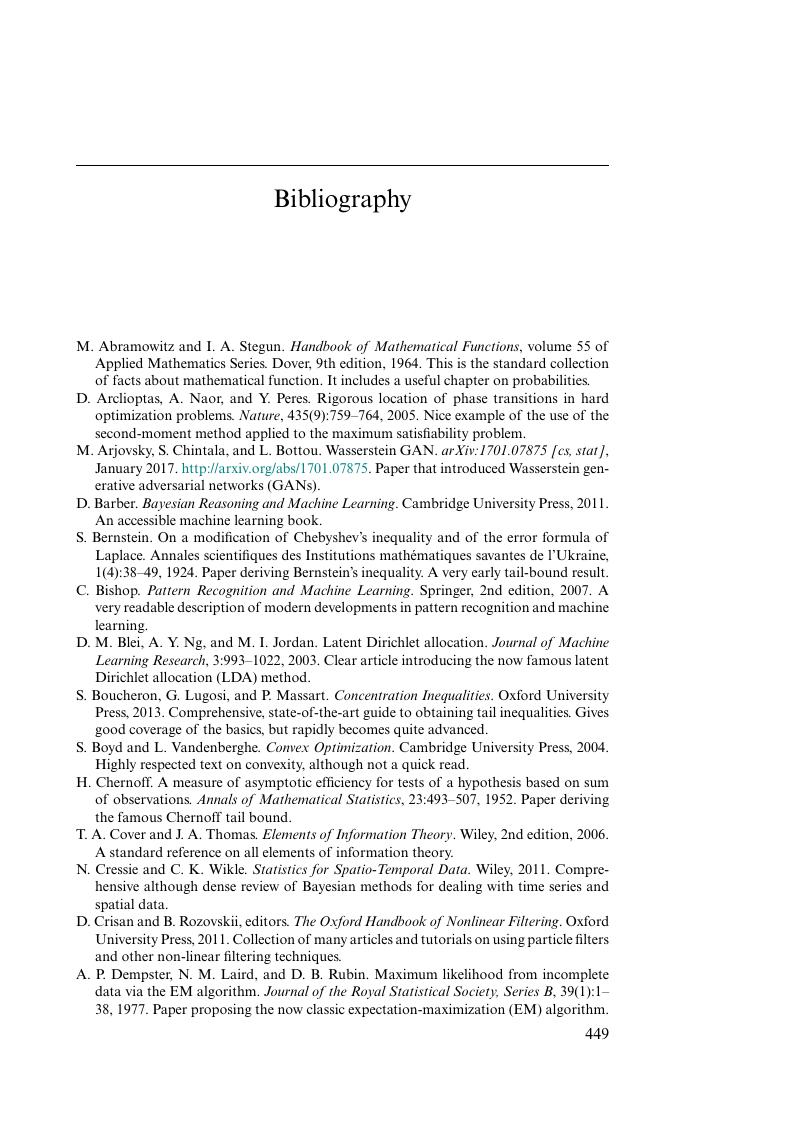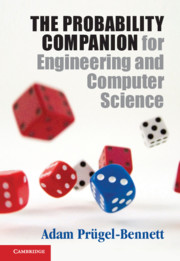Book contents
- Frontmatter
- Contents
- Preface
- Nomenclature
- 1 Introduction
- 2 Survey of Distributions
- 3 Monte Carlo
- 4 Discrete Random Variables
- 5 The Normal Distribution
- 6 Handling Experimental Data
- 7 Mathematics of Random Variables
- 8 Bayes
- 9 Entropy
- 10 Collective Behaviour
- 11 Markov Chains
- 12 Stochastic Processes
- A Answers to Exercises
- B Probability Distributions
- Bibliography
- Index
- References
Bibliography
Published online by Cambridge University Press: 03 January 2020
- Frontmatter
- Contents
- Preface
- Nomenclature
- 1 Introduction
- 2 Survey of Distributions
- 3 Monte Carlo
- 4 Discrete Random Variables
- 5 The Normal Distribution
- 6 Handling Experimental Data
- 7 Mathematics of Random Variables
- 8 Bayes
- 9 Entropy
- 10 Collective Behaviour
- 11 Markov Chains
- 12 Stochastic Processes
- A Answers to Exercises
- B Probability Distributions
- Bibliography
- Index
- References
Summary

- Type
- Chapter
- Information
- The Probability Companion for Engineering and Computer Science , pp. 449 - 453Publisher: Cambridge University PressPrint publication year: 2020



